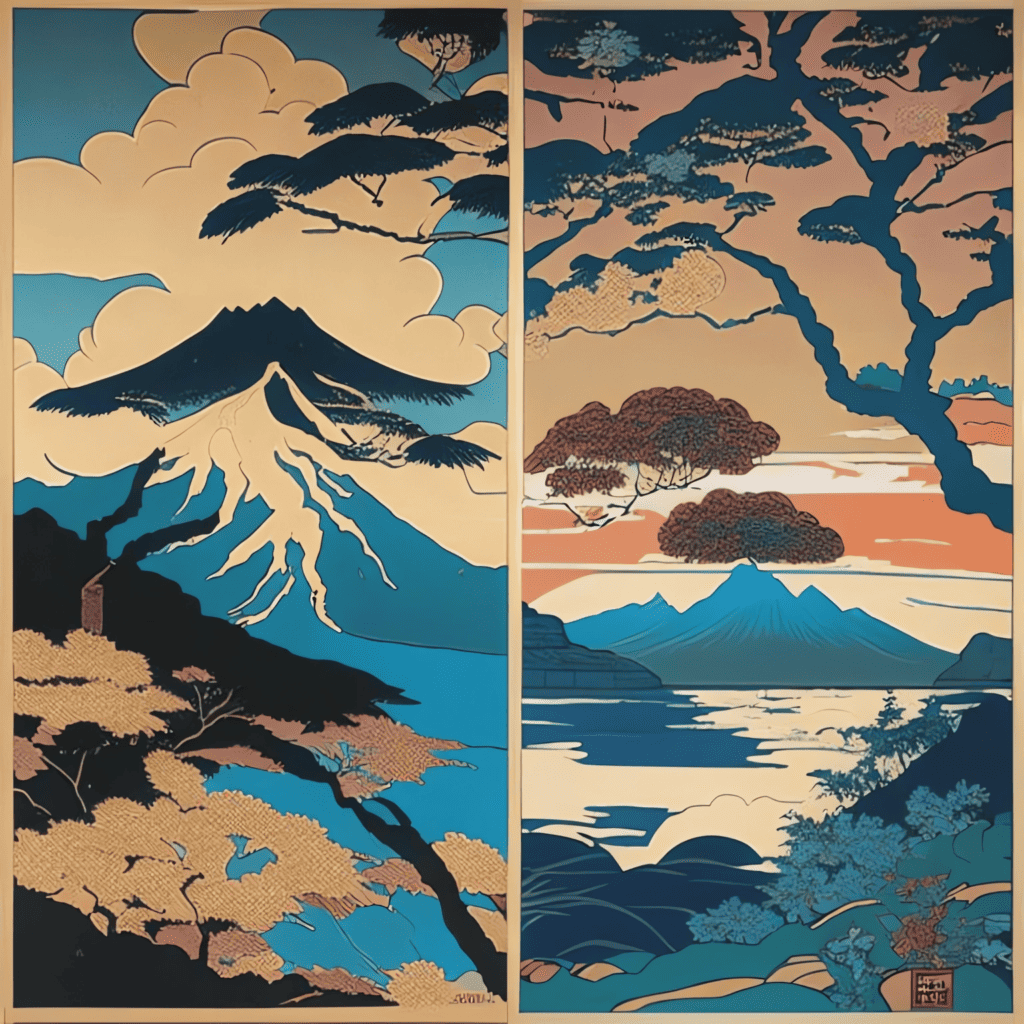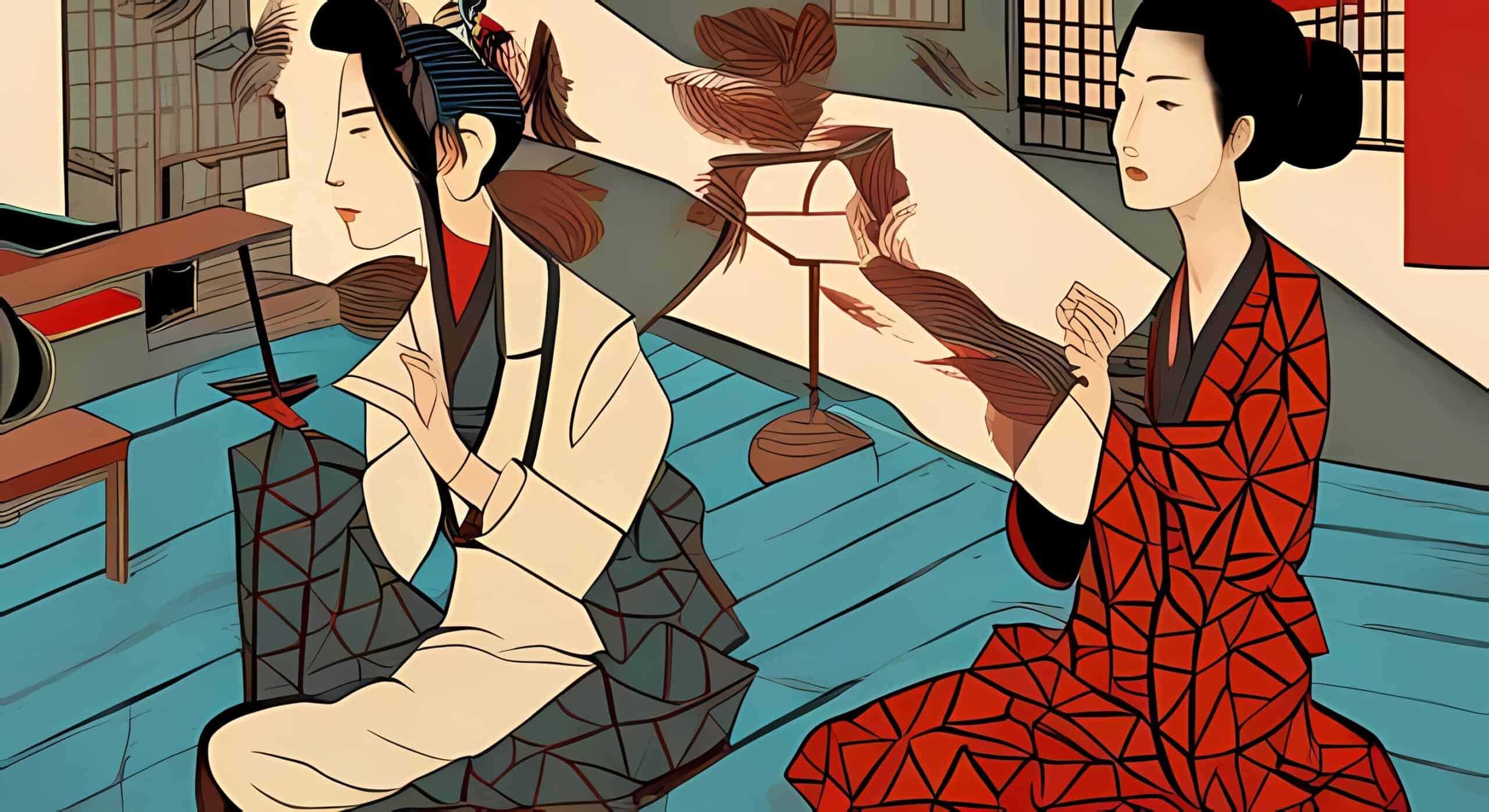The enchanting power of art movements to transcend geographical borders and stimulate novel modes of expression is undeniable. One might ponder, to what extent could a Japanese art style exert influence? During the late 19th century, two unique art phenomena converged from far-flung regions of the globe: European Impressionism and Japanese Ukiyo-e. Despite their seemingly disparate origins, upon closer inspection, these movements exhibit intriguing parallels.

Prior to the advent of Impressionism, European artistic circles were dominated by academic or traditional painting, a style significantly shaped by Renaissance and classical art. These modes of expression prioritized meticulous realism, characterized by the application of firm lines, coherent perspective, and accurate shading to portray the world in minute detail. The artists typically completed their works in studios, leveraging models and an understanding of anatomy to craft precise representations.
Evaluating artwork often hinges on two key elements: form and hue. However, the advent of photography has posed a challenge to human artists, as they struggle to rival the precision of composition offered by machines. Consequently, painters have pivoted their emphasis towards the palette, fostering a resurgence in the recognition of color’s critical role in painting.
Due to a growing fascination with Japan and technological progress, Ukiyo-e, a genre of Japanese woodblock prints, found its way into the studios of a collective of French artists. These artists were captivated by the visually compelling Ukiyo-e prints, marked by their flat color planes, audacious lines, unconventional compositions, and unique perspectives. Gradually, they incorporated these features into their work, giving birth to a fresh artistic movement known as Impressionism. Impressionist artists typically ventured outdoors to sketch landscapes, striving to capture the ephemeral light and atmosphere of a scene. These aspects evolved into the most distinguishing traits of Impressionist painting, as these artistic pioneers endeavored to faithfully and objectively portray visual reality through the fleeting effects of light and color.
The artistic exchange demonstrated in this historical juncture underscores the power of art to traverse borders and cultures, inspiring artists to challenge conventions and explore novel modes of expression. It is my aspiration that this blog might serve as a catalyst for your intellectual pursuits.
